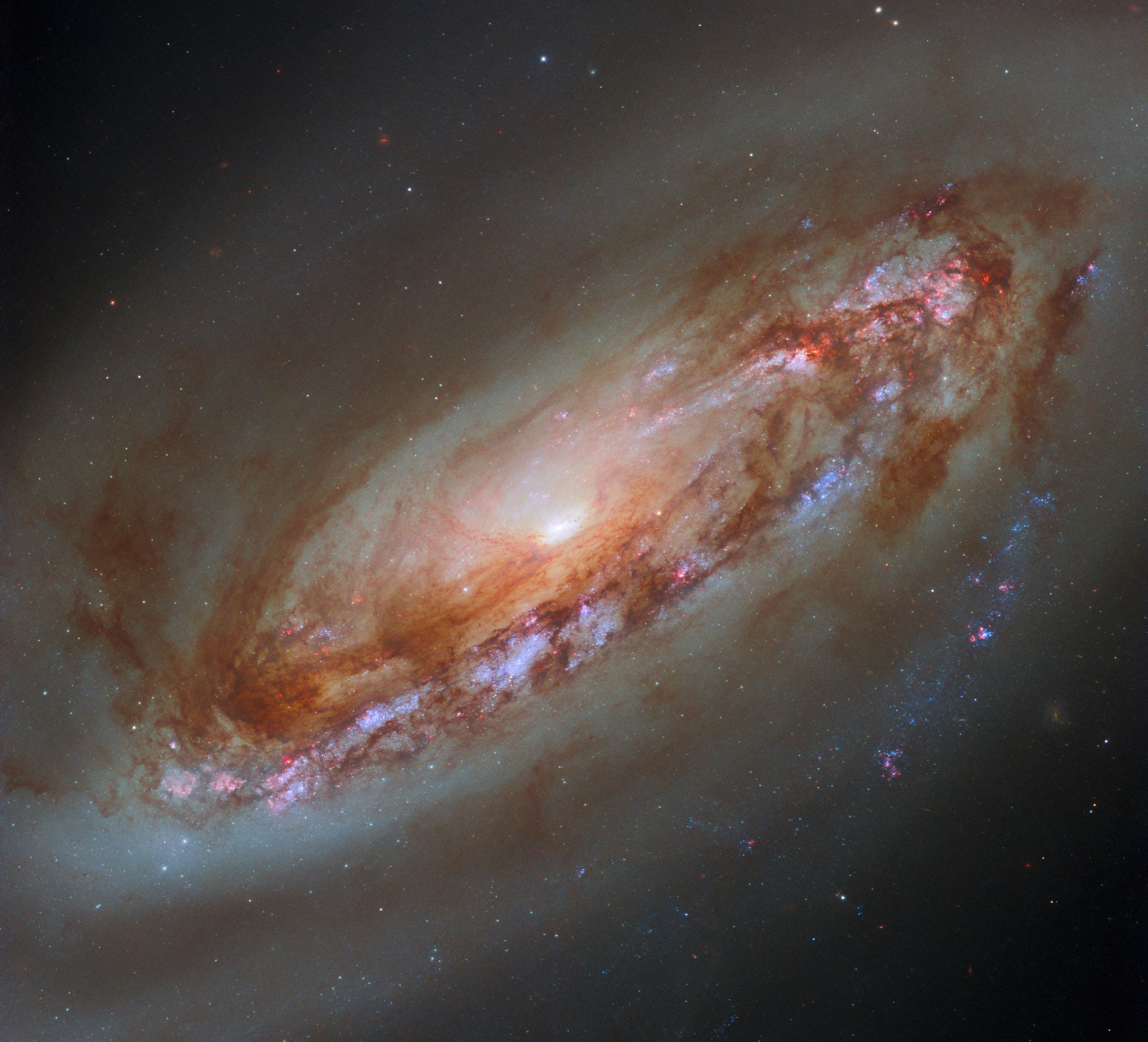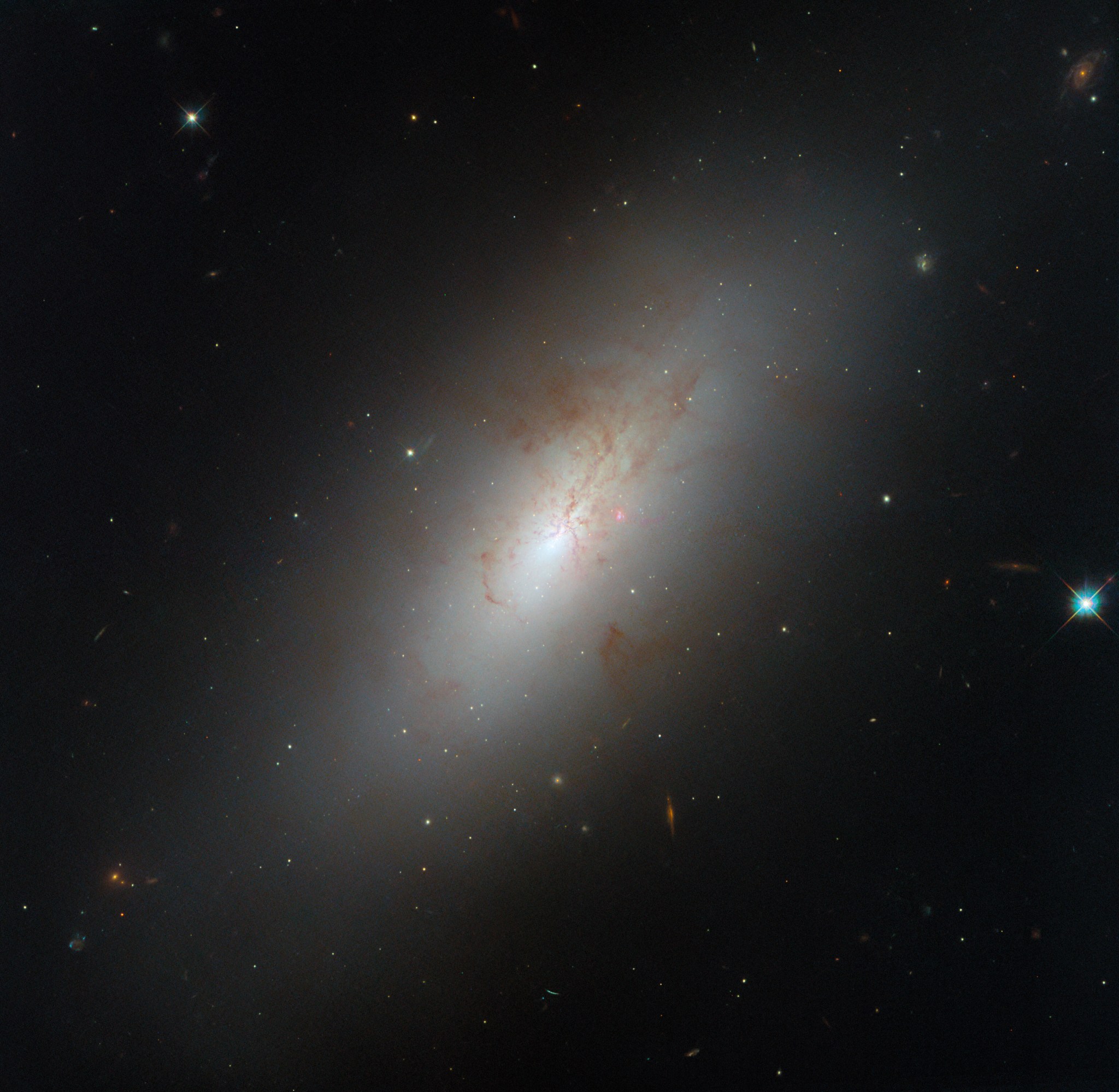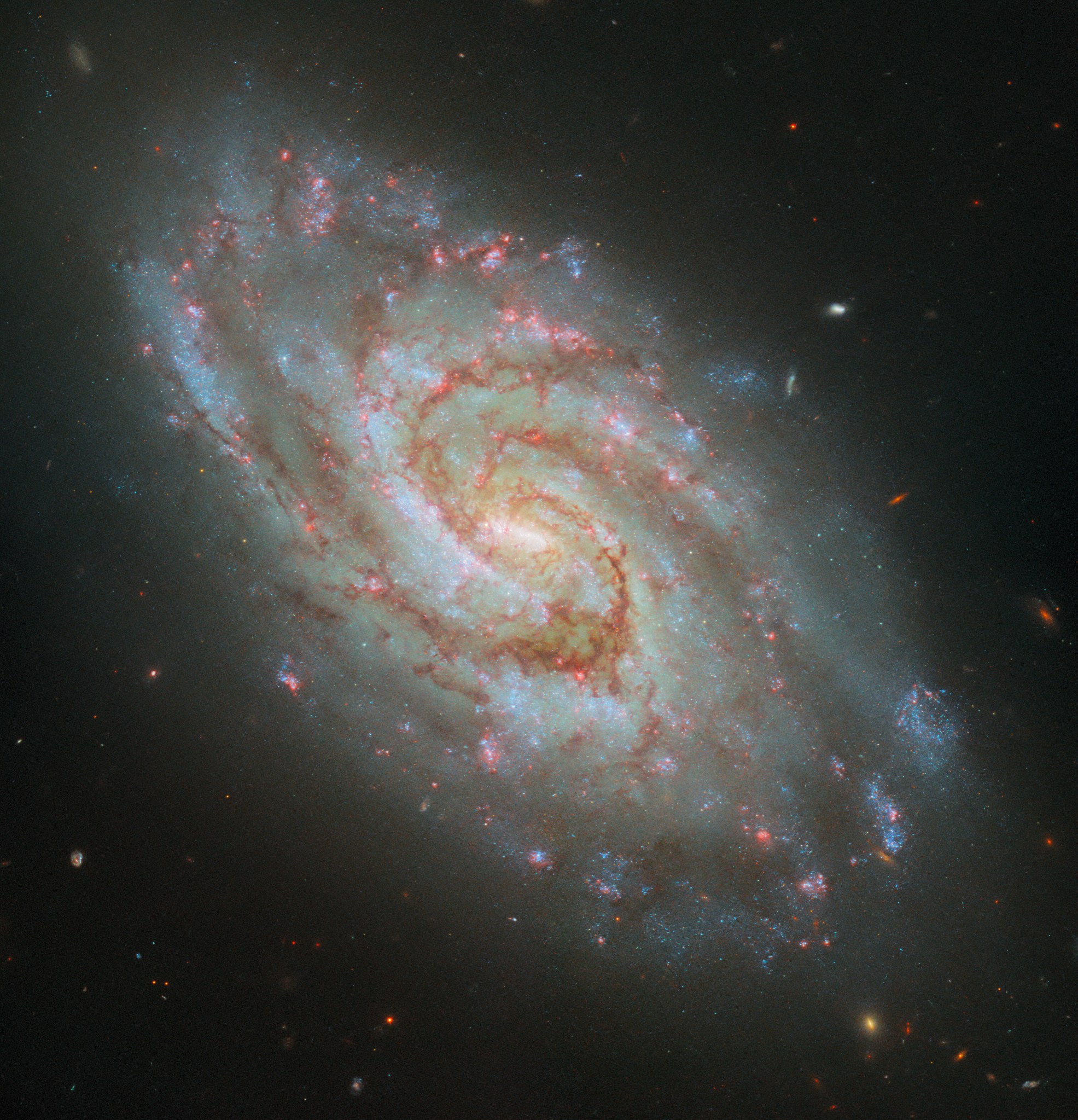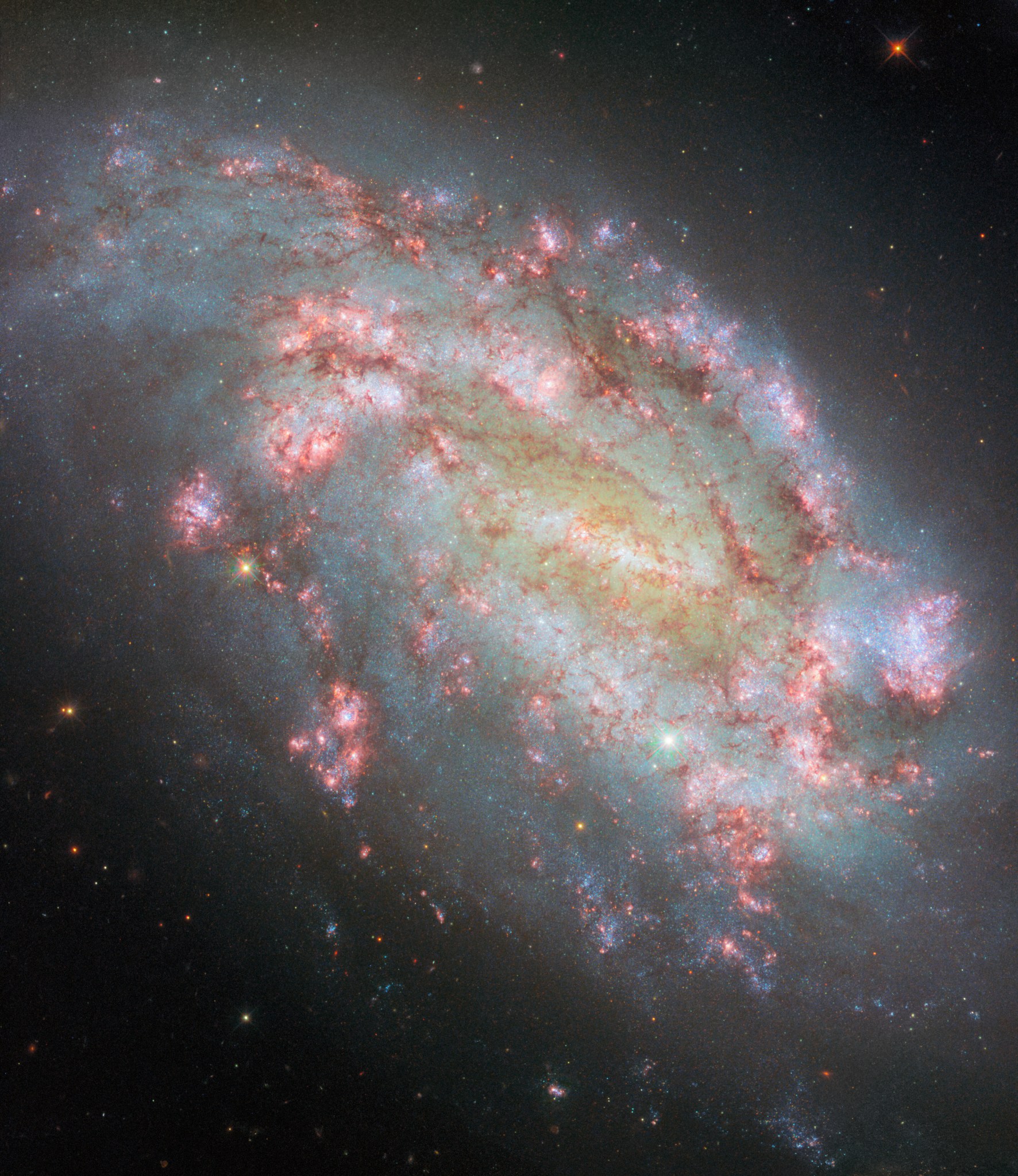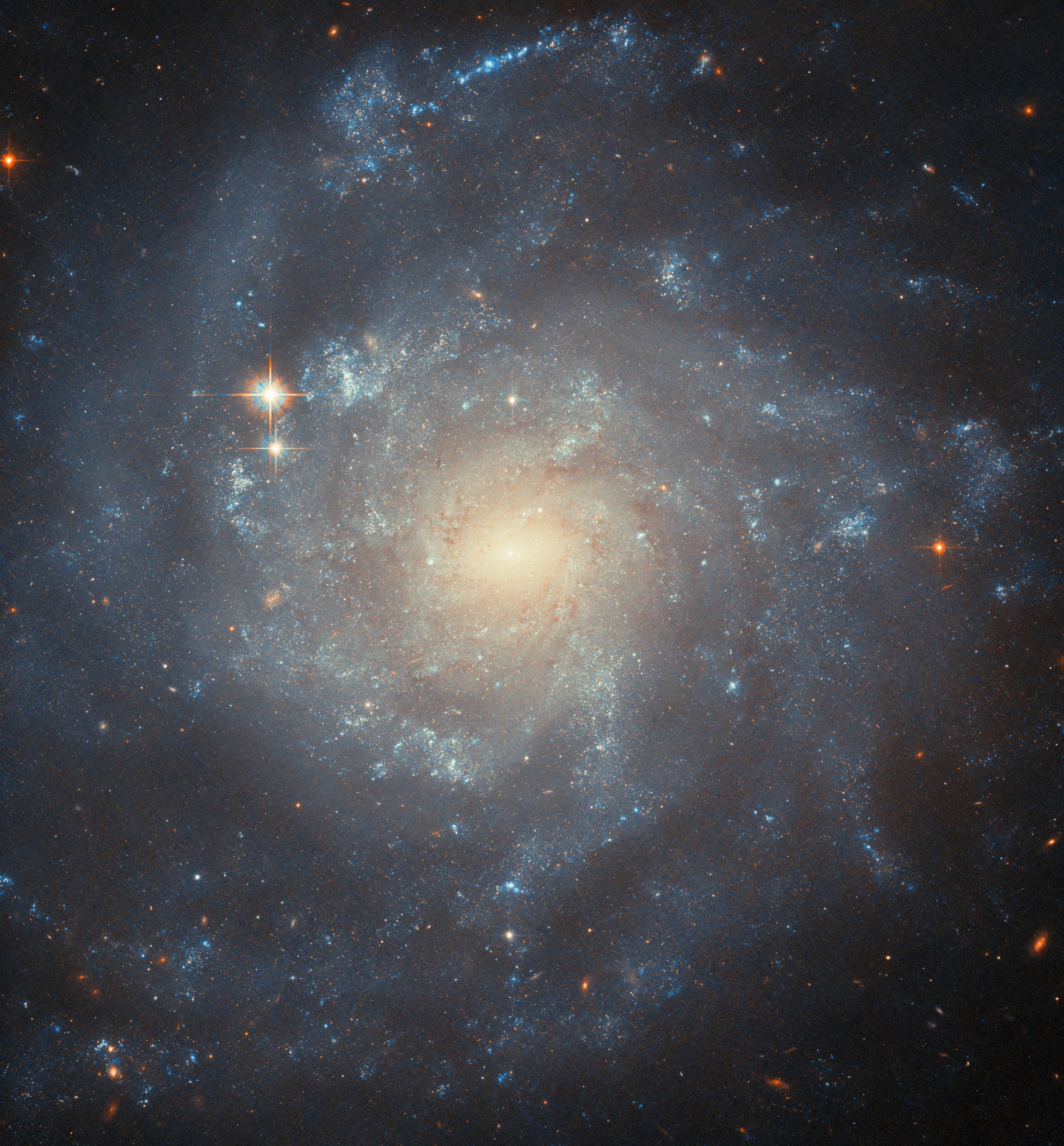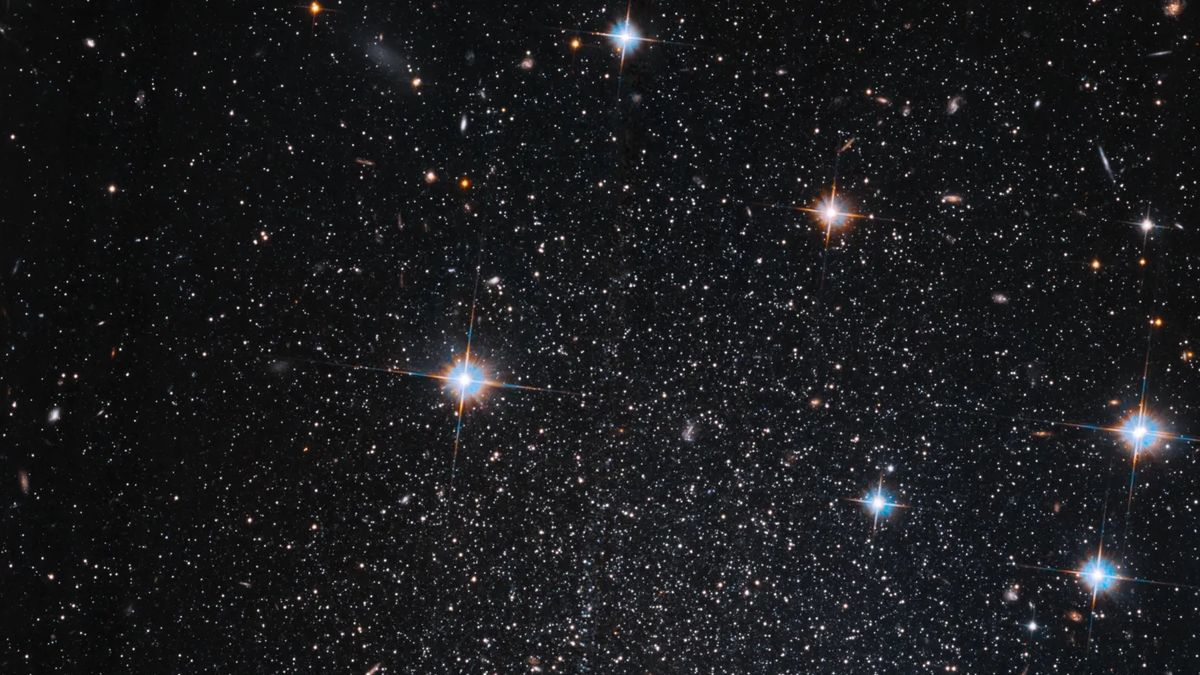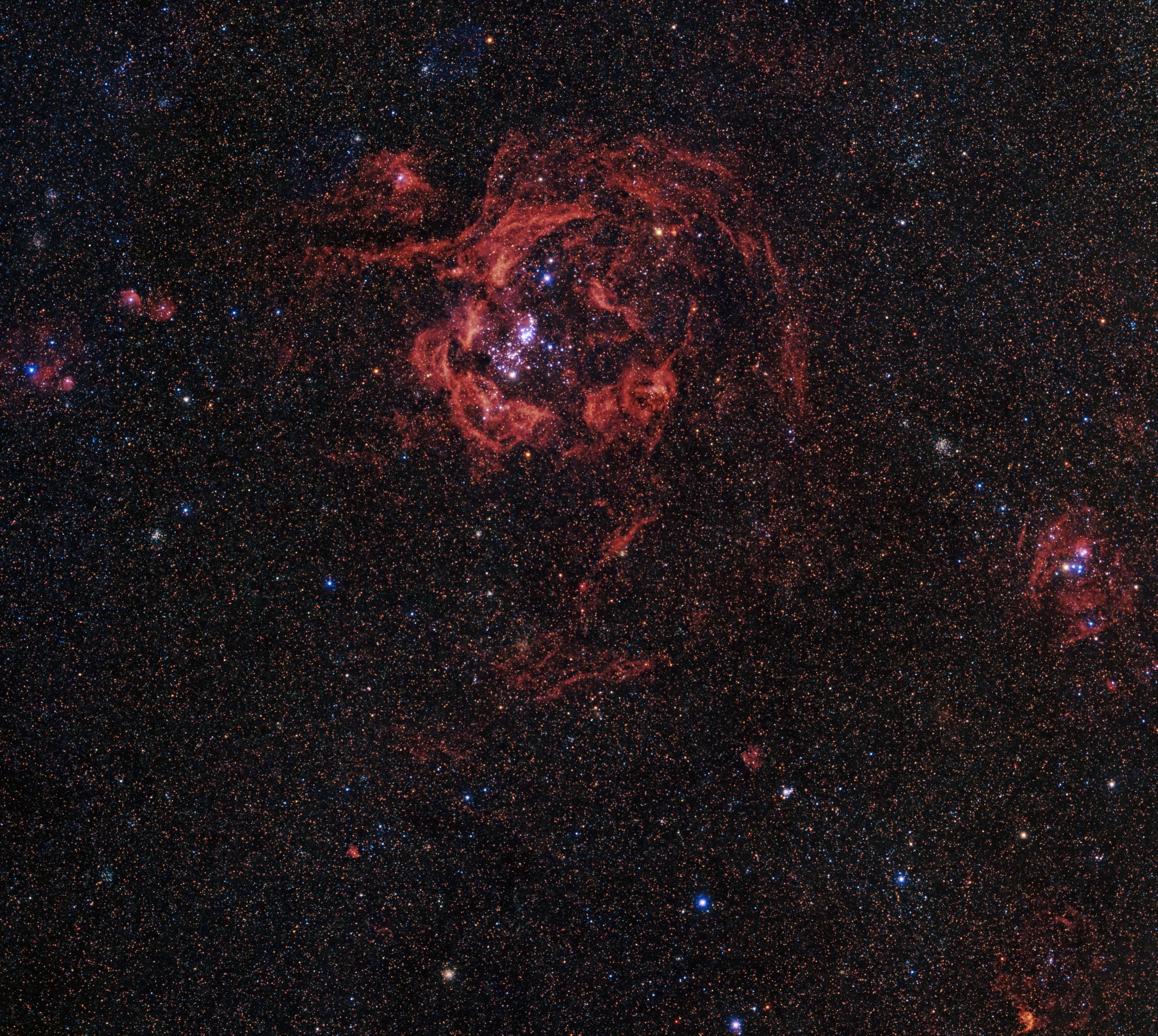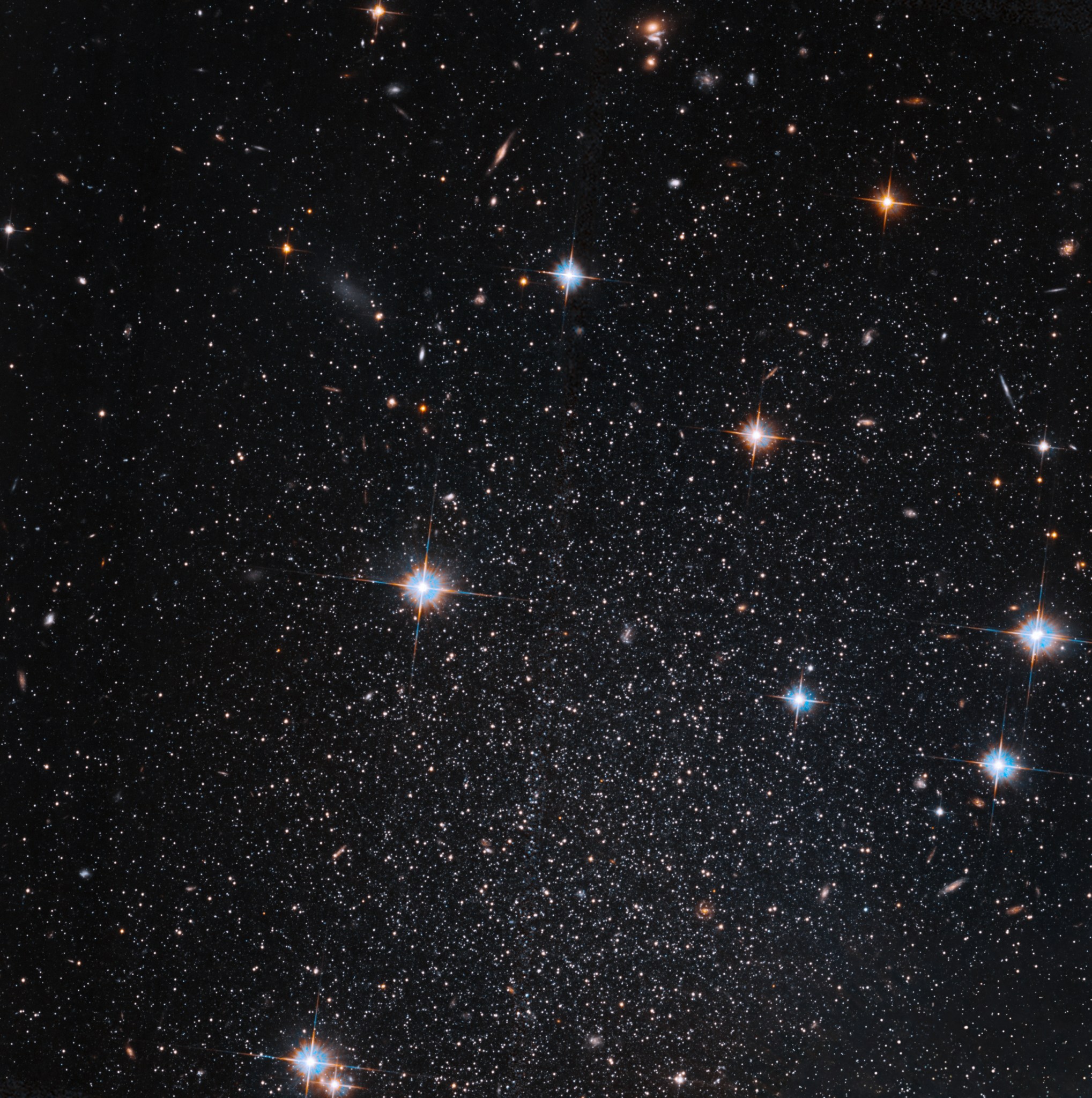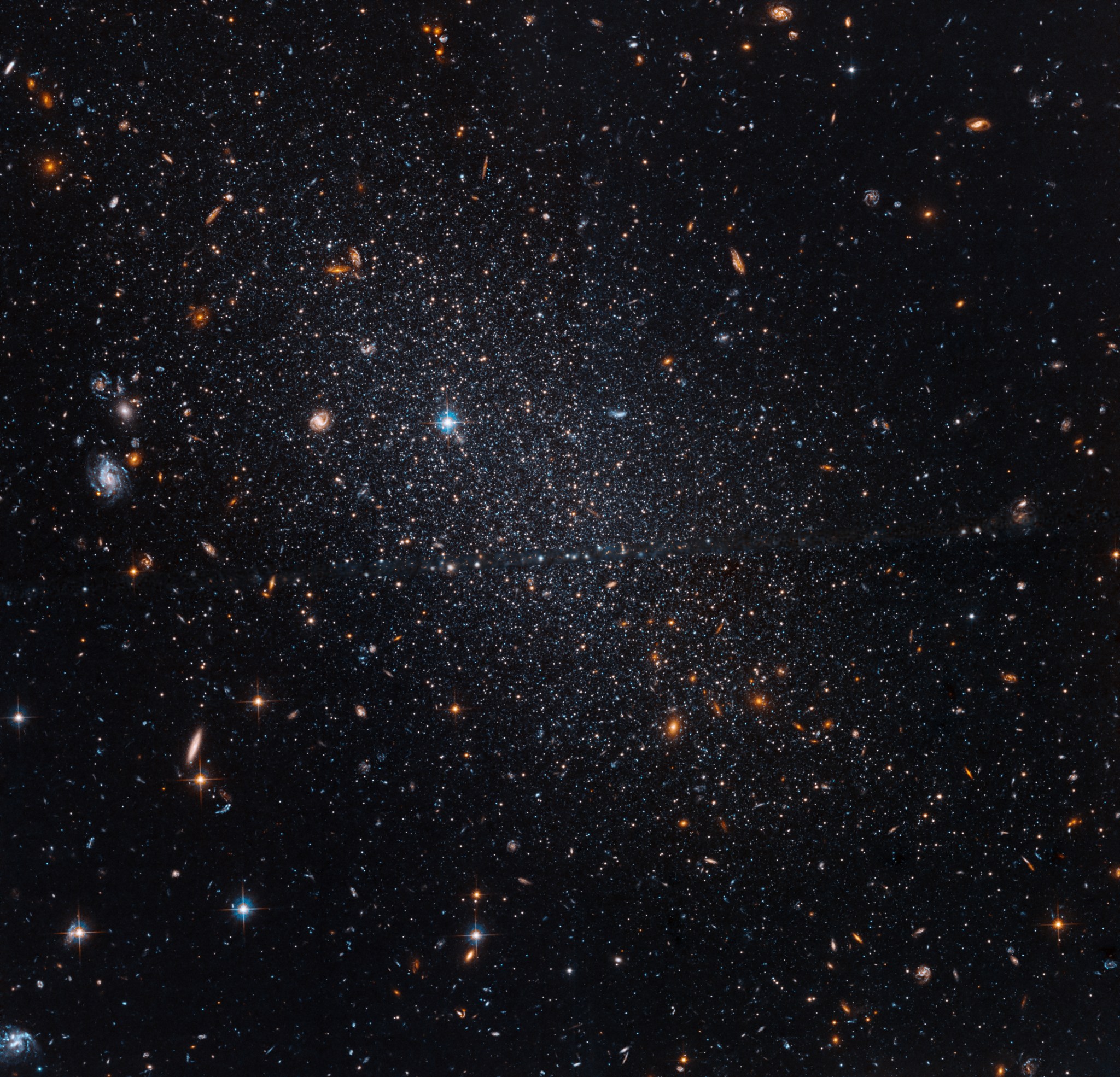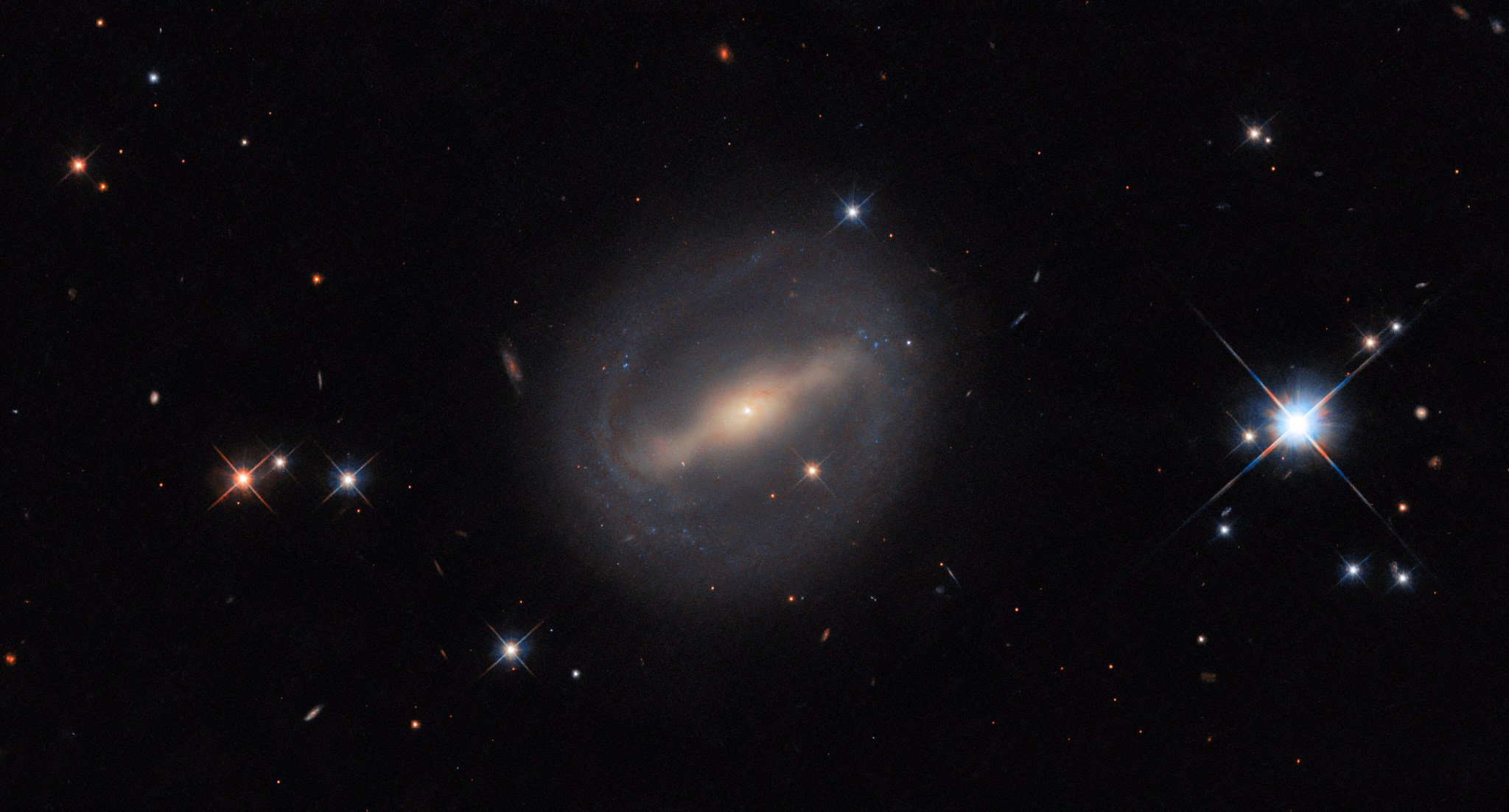Hubble Space Telescope Home Hubble Captures a New View of… Hubble Space Telescope Hubble Home Overview About Hubble The History of Hubble Hubble Timeline Why Have a Telescope in Space? Hubble by the Numbers At the Museum FAQs Impact & Benefits Hubble’s Impact & Benefits Science Impacts Cultural Impact Technology Benefits Impact on Human Spaceflight Astro Community Impacts Science Hubble Science Science Themes Science Highlights Science Behind Discoveries Hubble’s Partners in Science Universe Uncovered Explore the Night Sky Observatory Hubble Observatory Hubble Design Mission Operations Missions to Hubble Hubble vs…
Read MoreTag: Hubble Space Telescope
Hubble Observes a Peculiar Galaxy Shape
Hubble Space Telescope Home Hubble Observes a Peculiar… Missions Hubble Home Overview About Hubble The History of Hubble Hubble Timeline Why Have a Telescope in Space? Hubble by the Numbers At the Museum FAQs Impact & Benefits Hubble’s Impact & Benefits Science Impacts Cultural Impact Technology Benefits Impact on Human Spaceflight Astro Community Impacts Science Hubble Science Science Themes Science Highlights Science Behind Discoveries Hubble’s Partners in Science Universe Uncovered Explore the Night Sky Observatory Hubble Observatory Hubble Design Mission Operations Missions to Hubble Hubble vs Webb Team Hubble Team…
Read MoreHubble Captures Stellar Nurseries in a Majestic Spiral
Hubble Space Telescope Home Hubble Captures Stellar… Hubble Space Telescope Hubble Home Overview About Hubble The History of Hubble Hubble Timeline Why Have a Telescope in Space? Hubble by the Numbers At the Museum FAQs Impact & Benefits Hubble’s Impact & Benefits Science Impacts Cultural Impact Technology Benefits Impact on Human Spaceflight Astro Community Impacts Science Hubble Science Science Themes Science Highlights Science Behind Discoveries Hubble’s Partners in Science Universe Uncovered Explore the Night Sky Observatory Hubble Observatory Hubble Design Mission Operations Missions to Hubble Hubble vs Webb Team Hubble…
Read MoreHubble Lights the Way with New Multiwavelength Galaxy View
Hubble Space Telescope Home Hubble Lights the Way with New… Hubble Space Telescope Hubble Home Overview About Hubble The History of Hubble Hubble Timeline Why Have a Telescope in Space? Hubble by the Numbers At the Museum FAQs Impact & Benefits Hubble’s Impact & Benefits Science Impacts Cultural Impact Technology Benefits Impact on Human Spaceflight Astro Community Impacts Science Hubble Science Science Themes Science Highlights Science Behind Discoveries Hubble’s Partners in Science Universe Uncovered Explore the Night Sky Observatory Hubble Observatory Hubble Design Mission Operations Missions to Hubble Hubble vs…
Read MoreHubble Examines a Spiral Star Factory
Hubble Space Telescope Home Hubble Examines a Spiral Star… Missions Hubble Home Overview About Hubble The History of Hubble Hubble Timeline Why Have a Telescope in Space? Hubble by the Numbers At the Museum FAQs Impact & Benefits Hubble’s Impact & Benefits Science Impacts Cultural Impact Technology Benefits Impact on Human Spaceflight Astro Community Impacts Science Hubble Science Science Themes Science Highlights Science Behind Discoveries Hubble’s Partners in Science Universe Uncovered Explore the Night Sky Observatory Hubble Observatory Hubble Design Mission Operations Missions to Hubble Hubble vs Webb Team Hubble…
Read MoreHubble Telescope spies a very sparkly mini-galaxy (image)
New images released by NASA’s Hubble Space Telescope are of the Pegasus Dwarf spheroidal galaxy, also known as Andromeda VI. Pegasus is located in the Andromeda Galaxy, also called Messier 31, which is the Milky Way’s closest neighbour at about 2,480,000 light-years away from Earth. As such, Andromeda is one of the few galaxies visible to the naked eye — best observed in November. The images were captured as part of a re-examination of the entire Andromeda system, meant to gather further information to answer long-standing questions related to dark…
Read MoreHubble Zooms into the Rosy Tendrils of Andromeda
2 min read Hubble Zooms into the Rosy Tendrils of Andromeda NASA, ESA, M. Boyer (Space Telescope Science Institute), and J. Dalcanton (University of Washington); Image Processing: Gladys Kober (NASA/Catholic University of America) Clusters of stars set the interstellar medium ablaze in the Andromeda Galaxy about 2.5 million light-years away. Also known as M31, Andromeda is the Milky Way’s closest major galaxy. It measures approximately 152,000 light-years across and, with almost the same mass as our home galaxy, is headed for a collision with the Milky Way in 2-4 billion…
Read MoreHubble Pinpoints a Dim, Starry Mini-galaxy
The Pegasus Dwarf spheroidal galaxy, also known as Andromeda VI, is one of at least 13 dwarf galaxies that orbit the Andromeda galaxy. NASA, ESA, and D. Weisz (University of California – Berkeley); Processing: Gladys Kober (NASA/Catholic University of America) A glittering collection of stars shines against a background of much more distant galaxies in this view from NASA’s Hubble Space Telescope of the Pegasus Dwarf spheroidal galaxy, also known as Andromeda VI. The Andromeda galaxy, also known as Messier 31, is the Milky Way’s closest grand spiral galaxy neighbor,…
Read MoreHubble Reaches a Lonely Light in the Dark
2 min read Hubble Reaches a Lonely Light in the Dark NASA, ESA, C. Gallart (Instituto de Astrofisica de Canarias), A. del Pino Molina (Centro de Estudios de Fisica del Cosmos de Aragon), and R. van der Marel (Space Telescope Science Institute); Image Processing: Gladys Kober (NASA/Catholic University of America) A splatter of stars glows faintly at almost 3 million light-years away in this new image from NASA’s Hubble Space Telescope. Known as the Tucana Dwarf for lying in the constellation Tucana, this dwarf galaxy contains a loose bundle of…
Read MoreRings and Things
ESA/Hubble & NASA, I. Chilingari The subject of this NASA/ESA Hubble Space Telescope image is situated in the Perseus Cluster, also known as Abell 426, 320 million light-years from Earth. It’s a barred spiral galaxy known as MCG+07-07-072, seen here among a number of photobombing stars that are much closer to Earth than it is. MCG+07-07-072 has quite an unusual shape for a spiral galaxy, with thin arms emerging from the ends of its barred core to draw a near-circle around its disk. It is classified as an SBc(r) galaxy: the c denotes that its…
Read More